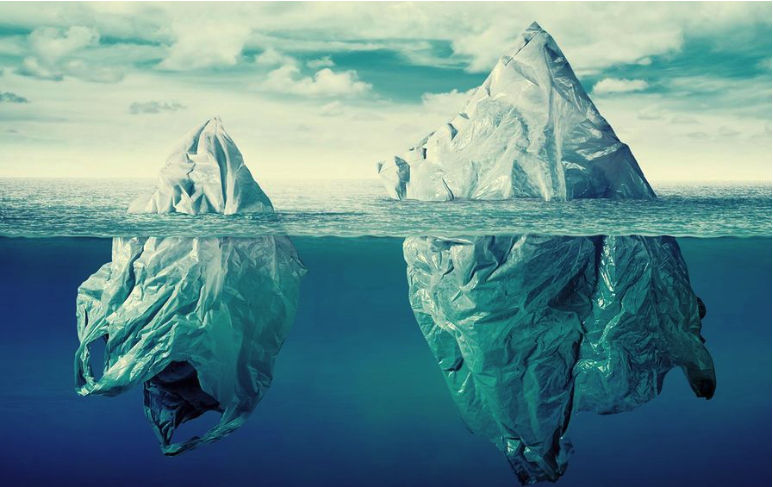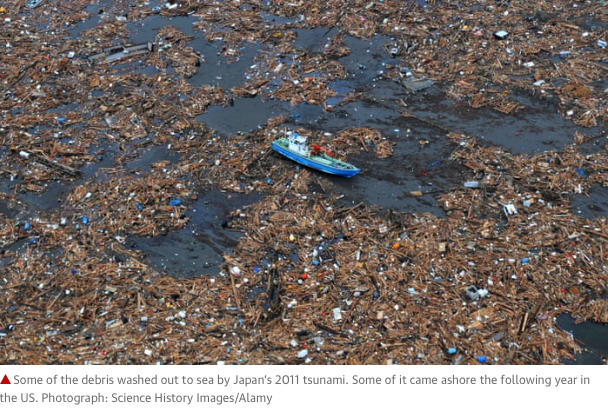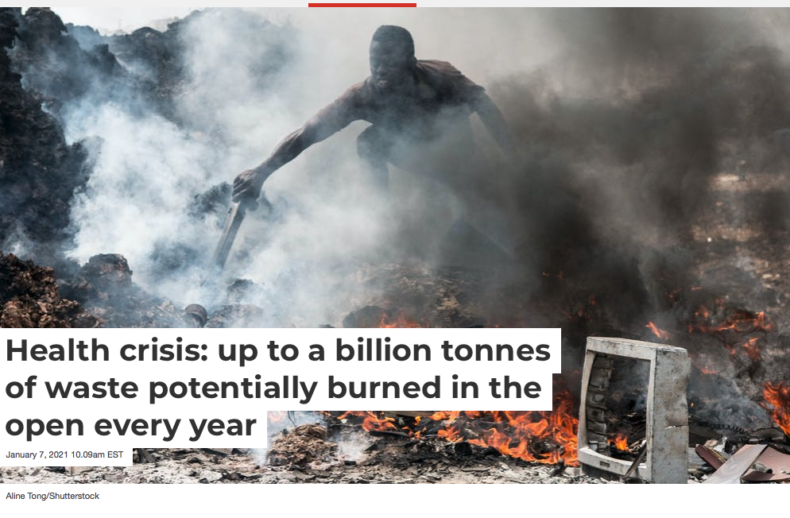The concerns about long-term landfill management expressed by experts across scientific disciplines like Wanless and Sachs are shared by Nick Lapis, the director of advocacy at Californians Against Waste. “The problem with landfills is that they never go away. You have to manage them in perpetuity, and there isn’t a liner or cap that is warrantied to last for that long,” he says. “And they’re not stable. They move and shrink as their contents decay, and the plastic liners will get brittle and crack as the pressures cause them to fold over on themselves. Sooner or later they will fail, as will the clay liners, and the effects of any failure can be absolutely devastating on the environment.” He adds, “From a financial standpoint the original owner, if [the landfills] were privately owned, is often long gone by the time they fail, so taxpayers will be left on the hook.”





